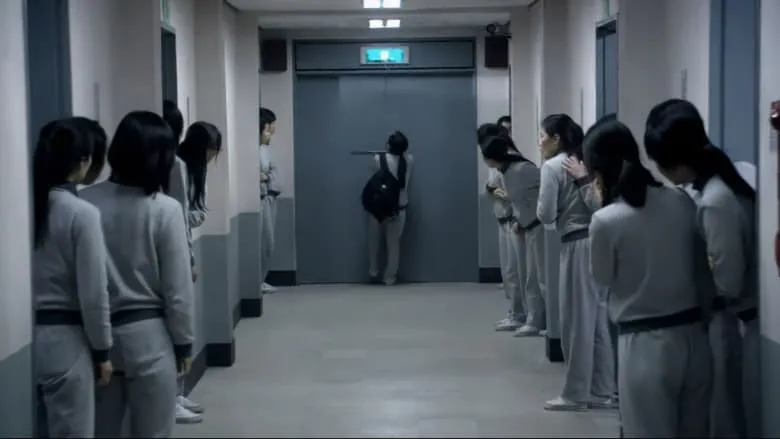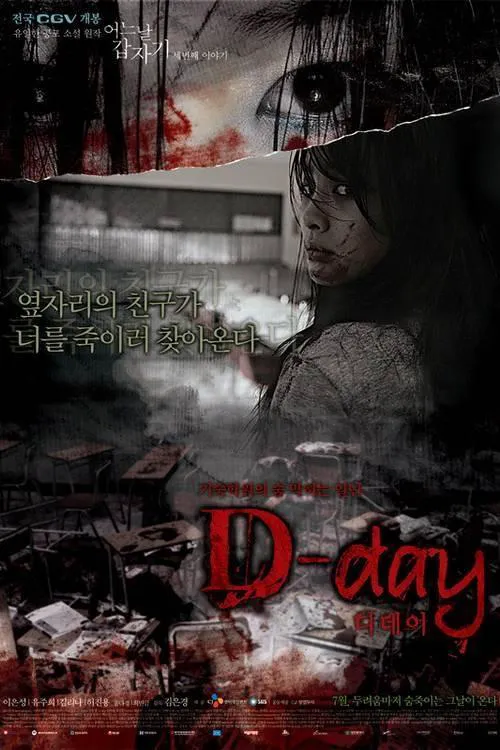Unmasking the Darkness: The Troubled Vision Behind ‘4 Horror Tales: Roommates’
Released as a compelling segment within the intricate 2006 anthology film 4 Horror Tales, “Roommates” carved out a sinister niche for itself. Far more than a mere slasher, this chilling narrative delves into the psychological depths of untreated trauma, making it a standout piece in a collection designed to unsettle viewers. This article explores the conceptual genesis and dark artistry that brought the chilling world of “Roommates” to life.
The Genesis of Psychological Horror
From its very inception, “Roommates” was conceived as a departure from conventional jump scares, aiming instead for a lingering sense of unease. The filmmakers sought to explore the terrifying potential of internal demons rather than external monsters. The premise centered on a prestigious prep school, a seemingly idyllic setting ripe for the corruption of innocence, providing a stark contrast to the escalating horrors within its walls.
The core idea revolved around Alex, a new student thrown into a fraught living situation with two deeply troubled roommates, Sarah and Jen. The decision to portray Sarah and Jen as initial outcasts with “questionable behavior and erratic mannerisms” was deliberate, designed to build an immediate sense of discomfort and curiosity. This early characterisation hints at the festering wounds beneath their surface, echoing the film’s ultimate message about the deceptiveness of appearances.
Crafting a Descent into Madness
The narrative’s meticulous build-up, from strange occurrences to gruesome murders, was crucial in establishing the film’s escalating sense of dread. The creative team focused on portraying the students’ inexplicable outbursts and the increasingly macabre ways victims met their end, not just as plot points, but as manifestations of a deepening psychological decay.

One of the greatest challenges was to visually convey the internal struggles of Sarah and Jen without explicitly revealing their traumatic past too early. This required nuanced performances and subtle visual cues, hinting at their shared “dark secret”—a core element that elevates “Roommates” beyond simple genre fare. The filmmakers aimed to immerse Alex, and by extension the audience, into a “nightmarish world of violence,” where the search for answers becomes a desperate, almost futile, endeavor against an deeply entrenched evil.
The Unveiling of Trauma’s Grip
At its heart, “Roommates” is a poignant, albeit terrifying, exploration of unaddressed trauma. The decision to portray Sarah and Jen’s violence as a “twisted coping mechanism” and a “desperate cry for help” was a bold artistic choice, challenging viewers to confront the human element behind the monstrous acts. This moral ambiguity is a hallmark of the segment’s depth.
The film serves as a “cautionary tale” about the fragility of the human mind when confronted with irreparable psychological damage. The production team reportedly delved into research on the effects of untreated mental illness, aiming for a portrayal that, while fictionalized for horror, resonated with the devastating “impact that unaddressed trauma can have on those who experience it.” The bleak view of “outsiders” and the devastating consequences of ostracization also formed a critical social commentary woven into the frightening narrative.

The Chilling Legacy of “Roommates”
“Roommates” culminates in a “tragic conclusion” that leaves an indelible mark. Alex’s desperate confrontation with her roommates isn’t just about survival; it’s about forcing them, and the audience, to acknowledge the “evil that’s consumed their lives” and the “darker aspects of the human psyche.”
While a horror film, the segment’s enduring power lies in its unflinching portrayal of the “devastating potential of untreated trauma.” It forces viewers to grapple with difficult questions about victimhood, culpability, and the complex interplay between the mind’s fragility and the capacity for darkness. Through its stark and unsettling vision, “Roommates” stands as a chilling reminder that sometimes the most terrifying monsters are not born, but made, forged in the crucible of overwhelming, unaddressed pain.